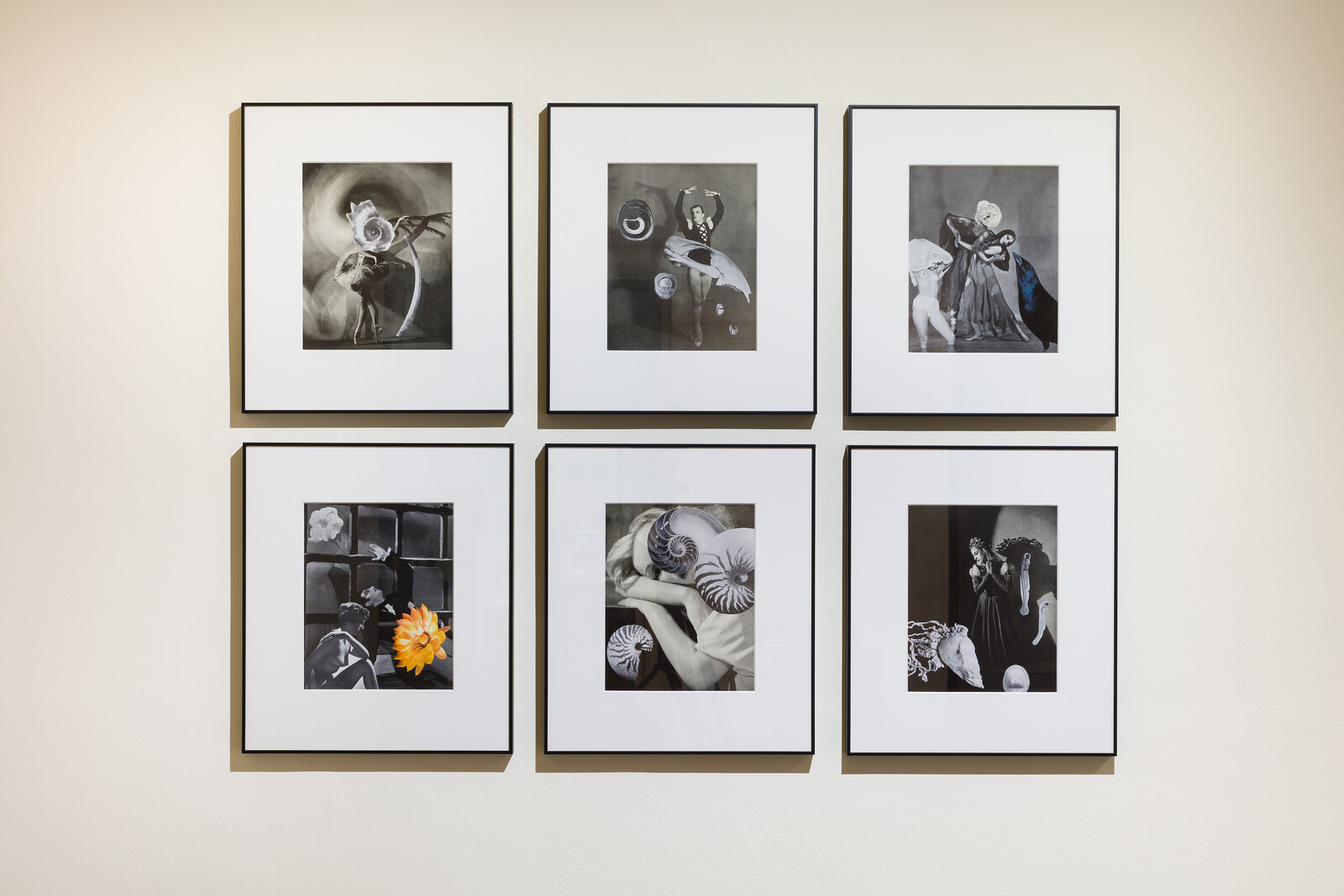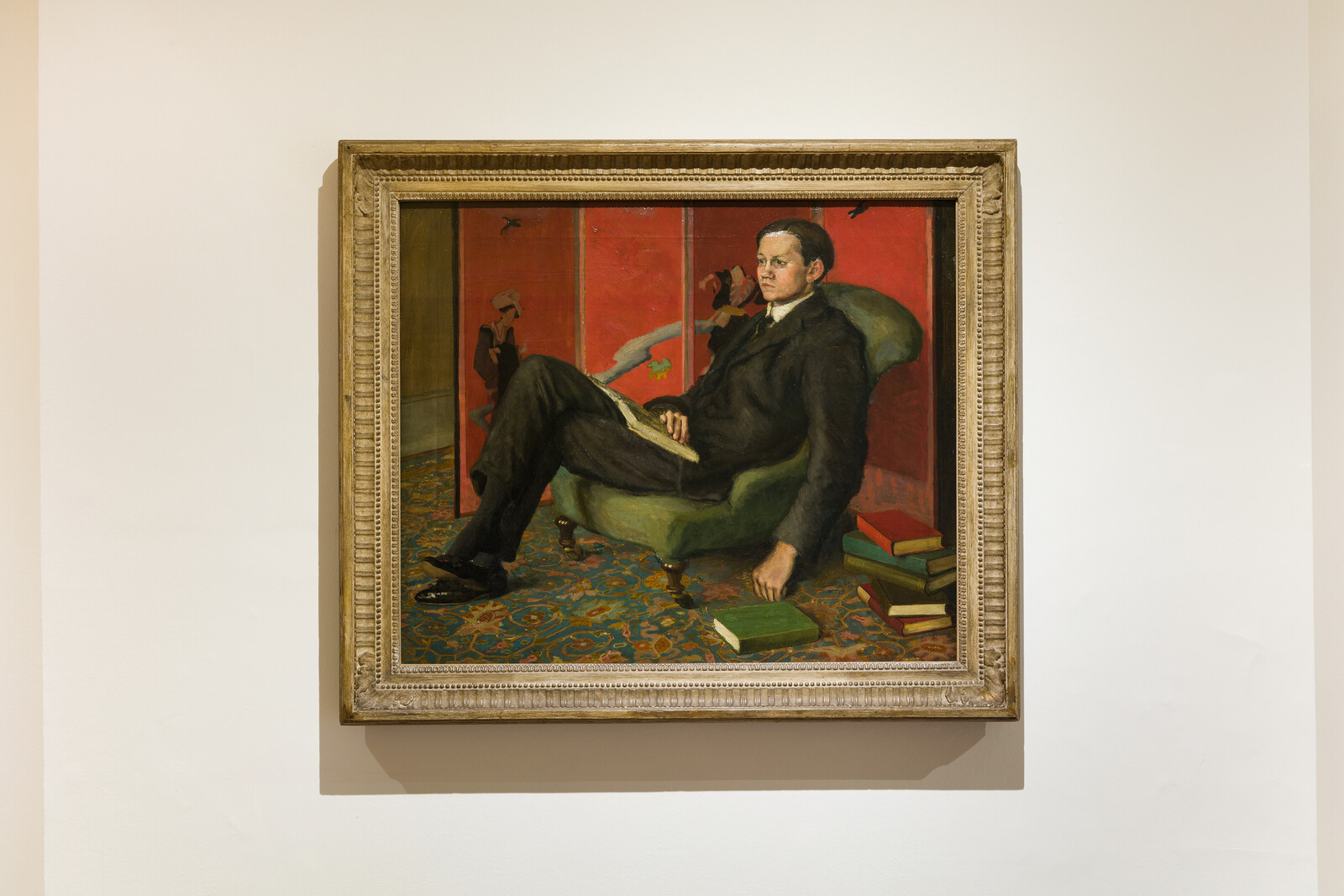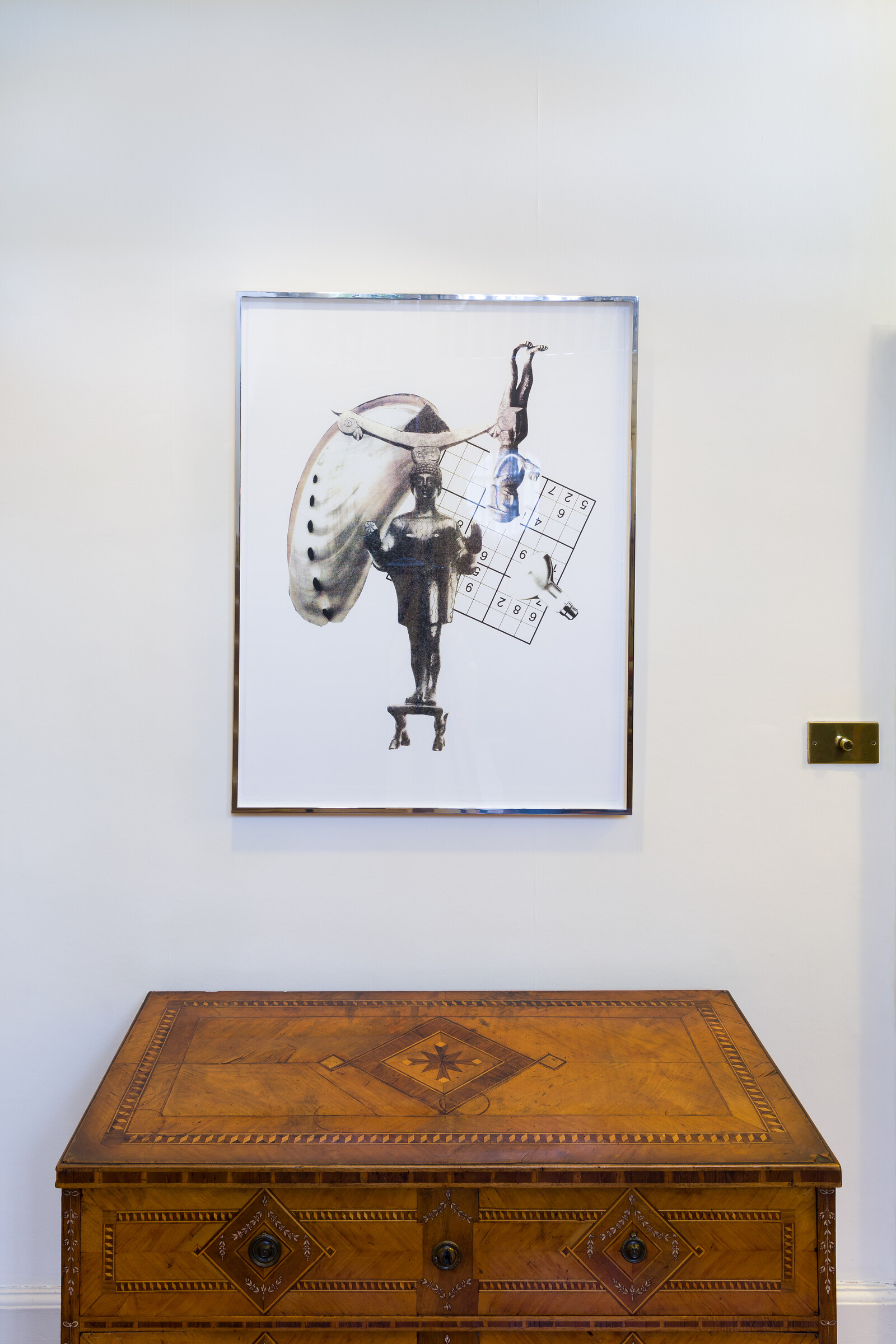Psychoanalytical theory might have fallen out of favor in the visual arts, but the fields still share a number of core concerns. Both create conditions in which the unconscious can materialize through processes of language, translation, metaphor, and interpretation. With these common terrains as a starting point, Dana Birksted-Breen, editor-in-chief of the International Journal of Psychoanalysis (IJP), commemorates the journal’s centenary in an exhibition at London’s Freud Museum which comprises two overlapping threads. One maps the origins of the publication in a thoroughly researched cabinet display containing letters, photographs, paintings, and archaeological artifacts, including Egyptian sphinxes and Etruscan mirrors from Sigmund Freud’s collection. The research pays close attention to the role that women—most notably Joan Riviere, Marjorie Brierley, Anna Freud, and Alix Strachey—played in the development of the IJP. The materials also evidence a fascinating link to the Bloomsbury Group via two of its one-time editors: James Starchey, who with wife Alix translated Freud into English, and and his successor Adrian Stephen, Virginia Woolf and Vanessa Bell’s younger brother. Both psychoanalysts are present via letters and issues of the journal and by two stunning portraits painted by Duncan Grant.
The exhibition’s second thread is curated by Simon Moretti and Goshka Macuga. The two artists spent a year delving in the archives of the IJP, the British Psychoanalytical Society, and the Freud Museum, and have created a series of new works, displayed alongside other works by Linder, Daniel Silver, and Paloma Varga Weisz, which highlight symbolic and cultural links between psychoanalysis and art across time. In Moretti’s diptych of screenprints Untitled (Oedipus Rex-The Infernal Machine #1 and #2) (2019), for example, images of Oedipus and the Sphinx taken from twentieth-century retellings by Pier Paolo Pasolini and Jean Cocteau1 are collaged with photographs of classical sculptures, pointing to the enduring relevance of the ancient Greek myth crucial to Freud’s theories. Nearby, Silver’s marble and onyx sculpture, After Bath Mannequins 2 (2018), combines elements from Roman busts and the faceless mannequins used in contemporary storefront displays.
“The Enigma of the Hour” benefits enormously from its venue. Artworks and memorabilia are situated in an already loaded space full of biographical ephemera, making it difficult to distinguish what is part of the show and what belongs to the permanent collection. The museum was Freud’s last home: he relocated here in 1938, fleeing the Nazis. His study, which has been kept largely intact since his death in 1939, includes the now-famous couch covered with rugs and the small green armchair tucked behind it, from where he listened to his patients’ free associations. Archaeological statuettes stand on his desk in line formation, like a small battalion. Freud’s round glasses rest eerily on a pile of papers, and his peculiar, anthropomorphic chair is pushed back, as if he’s just stood up and left the room.
Next to the chair is Varga Weisz’s Man, bent (2019), an articulated mannequin of carved wood slumped face-down on the floor, its bottom propped up by a folded rug. The awkward pose suggests erotic abandonment or a tragic event, a fall perhaps resulting from feebleness or surrender. As I looked at the prone figure, I felt a shiver: Freud died in this very room, having asked his physician for a lethal dose of morphine. Aged 83, in pain, and exhausted after a 16-year battle with jaw cancer, he spent his last days in this study, lying on a bed he’d had brought down from his bedroom so that he could be near his books and artifacts, all of which are preserved in the museum.
Linder’s Inflora (2013), made shortly after her father’s death, hangs behind Varga Weisz’s sculpture. The photomontage shows the back of a coiffured female head merged with a seashell, its twisted opening now offering direct access to the host’s brain, like an invitation to help in her metabolization of grief. This image of psychic excavation echoes Freud’s metaphor of psychoanalysis as archaeology.2 Upstairs, Macuga’s sculpture Somnambulist (2006) lies supine on a rug just below Anna Freud’s analytical couch. As the title suggests, this uncannily lifelike figure—a life-size replica of Cesare, the somnambulist from Robert Wiene’s 1920 film The Cabinet of Dr. Caligari—hovers on the threshold of consciousness and unconsciousness, pointing to the vulnerability one experiences while being analyzed, reclining on the couch, but also to the potential for transformation inherent in the process.
One of the most captivating aspects of “The Enigma of the Hour” is the chain of associations left for visitors to follow. The conjunction of artworks and research materials, displayed in Freud’s own house, creates an environment in which art, psychoanalysis, temporality, death, and loss bubble up in one’s consciousness without the need for logical, prescriptive, or pedagogical frames—the mindset reflects the unpredictable nature of analysis. Psychoanalysis has certainly evolved since its inception, embracing a more diverse and contemporary outlook; the IJP has played a key role in the publication and dissemination of peer-reviewed papers that push traditional tenets in new directions. But in many respects, applied and theoretical, psychoanalysis remains suspended in time—like the dimly lit rooms in the museum.
Jean Cocteau wrote the play The Infernal Machine in 1934; Pier Paolo Pasolini directed the film Oedipus Rex in 1967.
“This procedure was one of clearing away the pathogenic psychical material layer by layer, and we liked to compare it with the technique of excavating a buried city.” In Sigmund Freud, The Standard Edition of the Complete Psychological Works of Sigmund Freud, Volume II (1893-1895): Studies on Hysteria, ed. James Strachey (London: Hogarth Press, 1955), 139.











